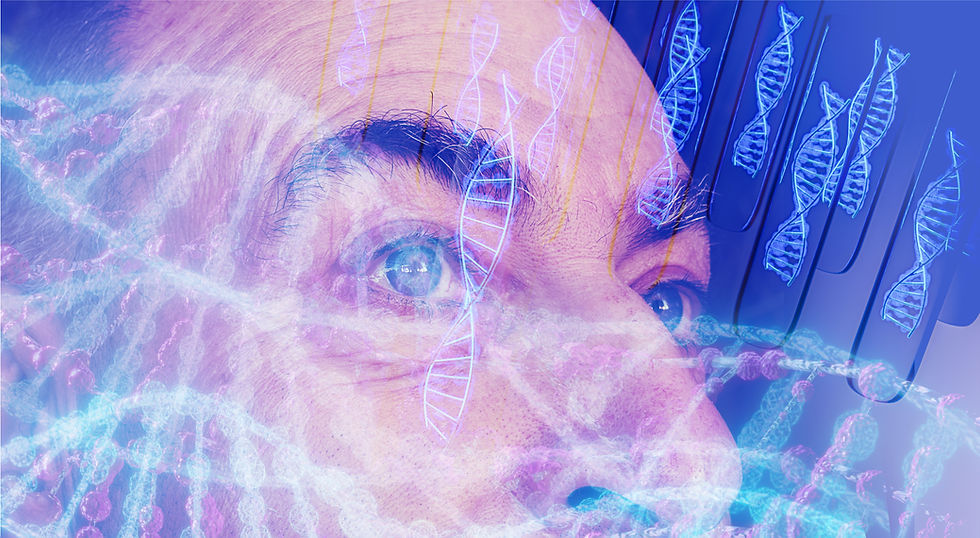Exercise Is Medicine: The New Science of Strength and Healthy Ageing
- SANAMethod
- Oct 10
- 3 min read
We’re living longer than ever before but staying strong and independent in later life isn’t just about walking more. For decades, the advice to older adults has been vague, “just keep moving” but global health experts are now calling for a more precise, medical approach to exercise.
The World Health Organization (WHO) and the International Consensus on Frailty and Sarcopenia Research (ICFSR) have made it clear: exercise is not a hobby; it’s therapy. Like any effective treatment, it needs the right dose, progression and monitoring.
So, what does that mean in practice? Here’s what the latest science says about healthy ageing, frailty and why precision exercise can change lives.

Why “Just Walk More” Can Be Dangerous for Frail Adults
It might sound harmless but starting with walking can actually increase fall risk for adults who’ve already lost muscle strength or balance. Movement can heal or harm depending on the order of training.
The ICFSR consensus outlines a simple but powerful sequence:
Strength → Balance → Endurance.
Here’s why that order matters:
Strength builds the foundation for safe movement.
Balance relies on muscle control and stability.
Endurance only comes once those two are in place.
Skipping ahead, for example, starting with brisk walks before rebuilding leg strength, can delay recovery and increase the chance of falling.
Quick Readiness Test
A simple check can reveal whether someone’s ready to start walking training:
Can they rise from a chair without using their arms?
If not, the priority should be Progressive Resistance Training (PRT) until that basic strength returns. Once strength is rebuilt, balance and endurance can safely be added.
One correct training sequence can prevent the kind of fall that changes the course of a person’s life.
Light Weights Are a Placebo, Not a Prescription
Gentle, low-load exercises might feel safe but they’re usually too weak to reverse muscle loss.To stimulate muscle growth, intensity matters.
PRT should start at about 50% of a person’s one-repetition maximum (1RM) and progress toward 70–80% as strength improves. The perceived effort should feel hard to very hard (around 15–18 out of 20).
Anything lighter is the exercise equivalent of an underdosed medication. It might look right on but it doesn’t trigger the biological change we need to maintain muscle mass and independence.
The Case for Power Training
Power training, moving weights quickly at 60–80% of 1RM, trains the rapid reactions needed to recover from trips or stumbles. Combined with progressive resistance, it builds not just muscle but real-world mobility and confidence.

Exercise Can Outperform Medication
One of the most powerful findings in recent years is that exercise can rival or outperform medication for depression, anxiety and insomnia in older adults.
While psychotropic drugs can cause side effects such as sedation, cognitive decline or increased fall risk, exercise has the opposite effect, it boosts mood, improves mental clarity and strengthens physical stability at the same time.
For those living with both depression and osteoporosis, resistance training treats both conditions simultaneously. It builds bone density while improving mood and self-efficacy, often matching or exceeding the benefits of antidepressant medication.
In short: exercise is not only physical medicine, it’s neurochemical medicine too.
Preventing “Intensity Drift”: Why Ongoing Monitoring Matters
Every clinician knows to review medication doses over time. Exercise needs the same approach.
As a person gets stronger, the same weights become easier and the exercise loses its therapeutic effect. This is known as intensity drift.
To prevent it:
Reassess strength (1RM) every 2–4 weeks
Adjust the load to maintain challenge
Use the perceived effort scale (15–18) to guide daily effort
When exercise is measured, tracked and adjusted, it becomes true therapy, not just movement.
The Future of Ageing Care
The message from global experts is clear: exercise is the most potent therapy for healthy ageing and longevity.
Low-intensity, generic exercise plans are the equivalent of underdosing a life-saving medication.Instead, individualised, progressive exercise prescriptions, based on measurable strength, balance and endurance, should become the standard of care for every older adult.
The challenge isn’t discovering what works. It’s applying it with precision.
Final Thought
Healthy ageing isn’t about doing more, it’s about doing the right things, in the right order, at the right intensity. Exercise is not just a path to fitness. It’s medicine for body, mind and longevity.
.png)



Comments